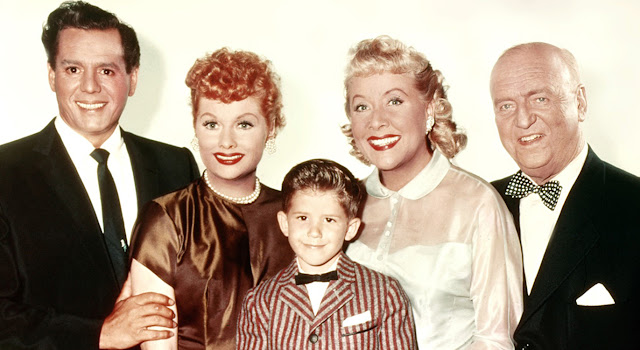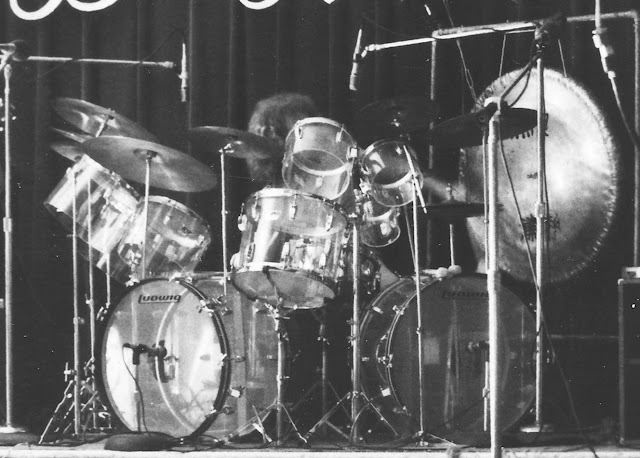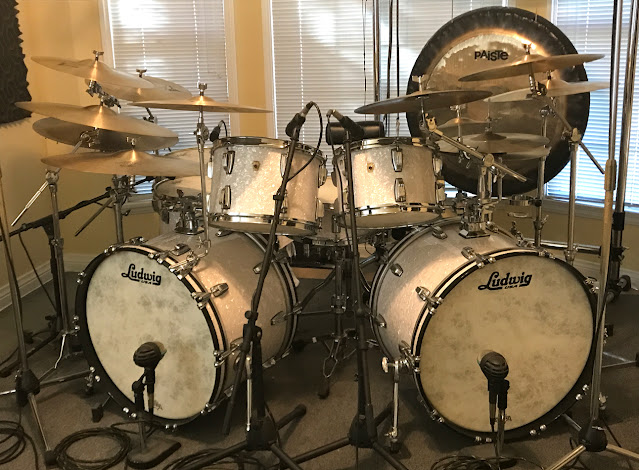My All-Time Favorite Snare Drum
When I was a teenager, I lusted after the unattainable drum (a Rogers wood-shelled Dyna-Sonic snare drum) as much as I ever lusted after any pretty girl in school. When I realized that I wouldn’t be able to afford a Dyna-Sonic my heart ached just as much as it did when Linda Tussey shot me down during my senior year at Grant High. At least a Dyna-Sonic never said to me “But I only like you as a friend”. Instead, the Dyna’s kiss-off line (which my mind always heard in Mae West's voice) was “Sure you can have me, big boy, but it’ll cost you plenty”, and that was just as heartbreaking for me at the time.
But unlike your high-school crushes, when you’re much older and are in a position to spend your money as you wish, you can go out and get yourself that drum you lusted after when you were just a lad. And so, when Rogers reissued* this drum in 2019 I just had to see what all the hype was about. I gave a Dyna-Sonic snare a side-by-side test against my then-current snare drum, and turns out it wasn't hype — it was The Real Deal. The Dyna-Sonic lived up to — and beyond — all of the ‘60s advertising hype and the expectations of my young drummer self. (Sometimes ‘tis better to have lusted and waited than to never have lusted at all.) I bought one that day and it’s been my main snare drum ever since. (A photo of my Dyna-Sonic appears at the top of this post.)
The reissue Dyna-Sonic snare-drum wood shells are a maple/poplar ply with maple reinforcement ring construction that matches the construction of my Ludwig Legacy Maple drumset. The Dyna-Sonic has become my go-to snare drum with my Legacy Maple kit because its sound perfectly matches the attack and tonality of the drumset’s other drums.
Besides sound, what really separates the Dyna-Sonic from conventional snare drums is how its snare wires are mounted to the drum. Conventional snare drums have their snare wires attached to the drum shell using a simple clamp at one end and a clamp assembly with a throw-off lever and a tension screw at the other. The throw-off engages and disengages the snares from the bottom drumhead; the tension screw adjusts the tightness of the snares against the bottom head. Tightening the snares produces a crisper sound, but it also restricts the movement of the bottom head, reducing the drum’s responsiveness when it is played softly. This usually makes finding just the right tightness for the snares a compromise: a crisp sound vs. a drum that’s responsive to soft playing. Drummers who hit hard all the time can simply tighten the snares for a crisp sound without worrying about how the drum responds when played softly, but those of us who play at a wide range of volume levels find ourselves adjusting the snares often during a performance, which is a pain in the ass.
 |
| The author's Ludwig "brass-on'brass" Black Beauty snare drum, showing the conventional attachment of the snare wires to the drum's shell. |
 |
| The author's Rogers Dyna-Sonic snare drum, showing the snare wires attached to the snare frame. |
Although the Ludwig brass-shelled ‘brass-on-brass’ Black Beauty snare drum I originally got with my Legacy Maple kit is no slouch (indeed, the brass-shelled Black Beauty is an object of lust for many drummers the same as the Dyna-Sonic had been an object of lust for me), its sound has a little too strong a voice of its own, and doesn’t blend as seamlessly with the rest of the Legacy Maple drums as the Dyna-Sonic’s sound does. If all I did was slam backbeats on 2 and 4 the Black Beauty would be the ideal snare drum, but my drumming style is much more than just slamming backbeats. For me, the Dyna-Sonic is the perfect snare drum.
I suppose could have tried to find myself an original wood-shelled Dyna-Sonic, but Rogers originally made relatively few wood-shelled Dynas — only around 3,000 were produced between 1962 and 1980, whereas Rogers made tens of thousands of COB (chrome over brass)-shelled Dynas during that time. Because of this scarcity, original wood-shelled Dyna-Sonics are among the most expensive vintage drums in the world, with examples in very good-to-excellent condition selling for as much as $4,000. When the reissue Dyna-Sonic was released in 2019 at an affordable price (less than $800) I jumped at my chance to own one and finally get to play (and fall hopelessly in love with) this wonderful instrument every day.
In late 2021 I brought my Dyna-Sonic into Professional Drum Shop (in business since 1959!) and had it fitted with a ‘Classic Calf’ calfskin batter (top) head from Stern Tanning. After waiting a couple of days for the head to fully seat onto the drum, I once again experienced the magical sound and feel that only a quality rawhide drum head can provide. The tone is exquisite, with none of the metallic overtones that even the very best-quality plastic heads produce. Instead, my calfskin-headed Dyna produced what I think is “Goldilocks” tone: Not too bright; not too dull; not too dry; not too much ring — everything about this sound is “just right”. And that luscious calfskin-head stick feel was back too, with the drumhead seeming to bring my sticks into it with every stroke. The only downside is that the drum did require a minute of touch-up tuning every time I sat down to play. Plus, I had to keep an eye on the weather. If the forecast said the temperature will increase and/or the humidity will decrease I had to loosen the tension on the calfskin head when I finished playing so it didn’t over-tighten itself and split before I sat down to play again. But this paled into insignificance every time I heard and felt my calfskin-headed Dyna-Sonic under my sticks.
 |
The author's Dyna-Sonic snare drum wearing a Stern Tanning calfskin batter head. |
-Hyam R. Sosnow




Great history of a GREAT snare. Thanks!
ReplyDelete